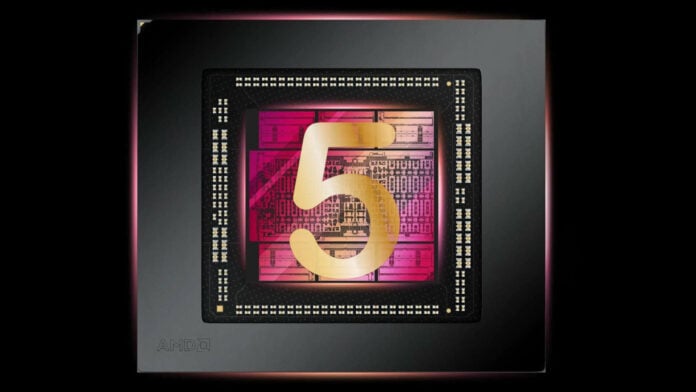AMD is seemingly taking a fresh start with its GPUs following RDNA 4. This could be an opportunity for Team Red to catch up with ray tracing and upscaling performance and quality.
According to wjm47196 on the Chiphell forums, AMD will build a brand new architecture for its next next-gen RDNA 5. Apparently, RDNA 4 is just a “bug fix” of sorts, as RDNA 3 did not meet its performance expectations, causing issues with the frequency/power curve. This would explain why high-end RDNA 3 graphics cards have difficulty reaching and sustaining the advertised 3GHz clock. Moreover, wjm47196 says RDNA 3 should’ve officially featured 192MB of Infinity Cache instead of the 96MB we see today.
Sadly, the report suggests RDNA 4 will offer RX 7900 XT performance at best, though with improved ray tracing. It’s another rock in the mid-range–only RDNA 4 GPUs‘ edifice. However, we can’t be sure until an announcement. We also don’t know if AMD will continue using the RDNA naming. If this is a truly fresh start, AMD will likely debut a new name. After all, that’s what the brand did when it moved from GCN on Vega cards to RDNA.
Now the question is: should we skip next-gen Radeon GPUs? That entirely depends on the raw numbers and what you’re already running. I have yet to milk my RX 7900 XT for its value, so my next purchase will likely be RDNA 5 or whatever Nvidia’s equivalent. Seeing how more games use ray tracing and upscaling nowadays, AMD needs to bring some meaningful improvements or good pricing for me to consider a Radeon card.
For example, AMD could introduce a machine-learning-based FSR technology since, as you may know, FSR tends to offer less quality than Nvidia’s DLSS, and even Intel’s XeSS.
If wjm47196 is correct, hopefully AMD can pull up a Ryzen-like moment and bring us unparalleled price performance. Or at least competitive enough products capable of refreshing competition on the high end once more. In any case, AMD must react as Intel is coming in hot with its Battlemage and Celestial GPU architectures.

